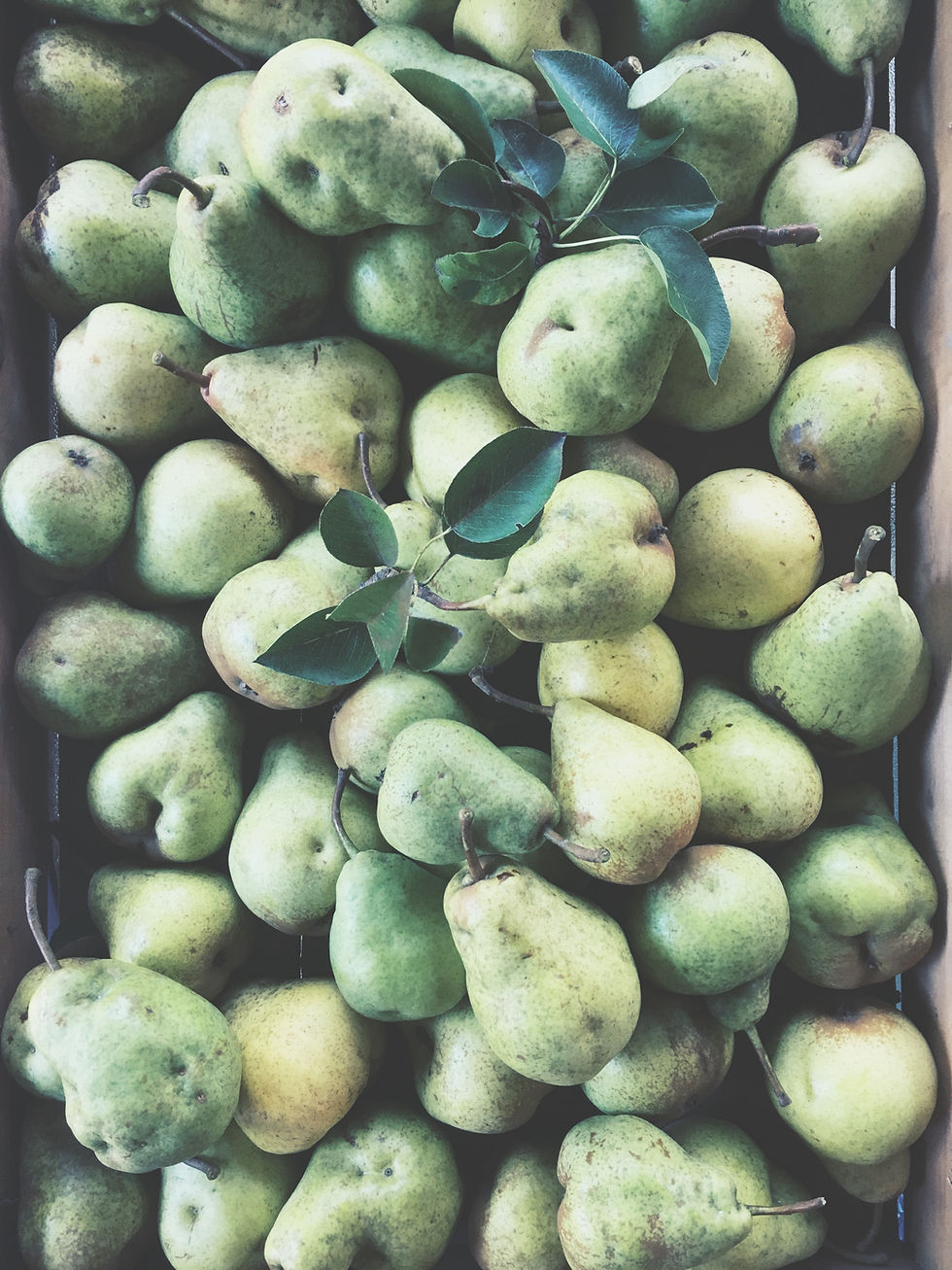Intellectual Property Protection for Plant Varietals and Cultivars
- Chris
- Jun 27, 2018
- 3 min read
Updated: Jan 15, 2020

A rose by any other name would smell as sweet, Juliet famously mused. It was surely with a sense of irony, then, that flower breeder David Austin named his new cultivar—purportedly developed over 15 years at a cost of £3 million—the “Juliet Rose.”
Whether it’s flowers, vegetables, or cannabis, skilled breeders have an amazing ability to shape the characteristics of commercially valuable crops (did you know that cabbage, broccoli, kale, and brussels sprouts are all the same species of plant?). It’s a time-intensive endeavor that involves substantial trial-and-error. Yet, those who develop and bring popular new cultivars to market often fail to internalize the value of their efforts.

There are two intellectual property approaches to protecting plant varieties, and, if breeders aren’t careful, one can negate the other. The first is to obtain exclusive rights to the breed itself, through a utility patent, a plant patent, or a certificate under the Plant Variety Protection Act (PVPA). The second is to claim exclusive rights to the variety name through trademark protection (preferably including a federal registration).
Patents and PVPAs
For historical reasons, the U.S. system for protecting plant varieties is a bit confusing. Since 1930, breeders have been able to protect novel cultivars by obtaining a plant patent. Like other types of patents, a plant patent is obtained by filing an application with the USPTO and, if issued, grants the exclusive right to use or sell (and, in the case of plant patents, to reproduce) the breed for a period of 20 years.

However, due mainly to the limited understanding of genetics in 1930, plant patents can only be obtained for crops reproduced asexually through stems or cuttings (like the Juliet Rose). To fill in the gap, the Plant Variety Protection Act was passed in 1970. Certificates issued under the PVPA protect sexually reproduced and tuber-propagated plant varietals. Like plant patents, they give the owner the exclusive right to sell or reproduce the varietal, and the protection lasts 20 years (or 25 years for a tree or vine). However, PVPA certificates are administered by the USDA rather than the USPTO and are subject to certain exceptions that don’t apply to plant patents.

In addition, recent Supreme Court decisions have clarified that novel plants—whether reproduced sexually or asexually—can be protected by a utility patent. Utility patents apply to new and useful inventions and are what most people mean when they say “patent.” Utility patents are generally more difficult to obtain than plant patents. However, the exclusivity granted can be substantially broader, extending beyond the breed itself to the breed’s traits and/or the breeding methods used to produce it.
Trademarks
Often, however, the name associated with a varietal is as or even more valuable than the varietal itself. A Juliet Rose might smell as sweet if you called it something less memorable like H02348-05, but would consumers still seek it out?
Honeycrisp apples have been known to sell for prices 450% higher than those commanded by competitors like the red delicious. Popular cannabis strains like Loud Dream can go for $800/ounce, as opposed to around $250 for other top-shelf strains. Some portion of these premiums might be attributed to the breed’s intrinsic characteristics—Loud Dream by any other name would smell as dank, after all—but some of it is surely branding.

Unfortunately, many growers leave their trademark rights to wither on the vine by allowing the name of their new crop variety to become too closely wound up with its genetic traits. If a name like Juliet Rose or Honeycrisp or Loud Dream becomes the generic name for a varietal, it cannot be monopolized as a trademark. And if the name is used in connection with a patent or PVPA application, that will generally be conclusive evidence that it is generic. In that way, patent/PVPA protection of a varietal and trademark protection of its name are mutually exclusive.
In order to protect the name of a new varietal, growers need to cautious from the very beginning to differentiate the breed’s generic designation from the brand under which it will be marketed.

The distinction is especially important, given that patents last only 20 years, whereas trademarks can last for as long as the mark is used in commerce. For example, the University of Minnesota researchers who developed honeycrisp apples obtained a patent for the breed but failed to protect their rights to the name Honeycrisp. Now that the patent has expired, anyone can grow the same apples and market them as Honeycrisp. Those same breeders have learned their lesson the second time around with their new SweetTango apple, ensuring that the name as well as the apple remains proprietary.
Knowmad Law frequently works with clients in the agriculture, wine, and cannabis industries to protect their brands and other intellectual property. For a free consultation, give us a call at 831-275-1401 or send us an email at info@knowmad.law or click here to schedule a meeting.

























You say that David Austin named his new cultivar “the Juliet Rose “This means that the trademark has become the cultivar name and is therefore generically used and invalid This is true of all the David Austin
Roses. Trademarks are adjectives and once they are used as nouns they are invalid